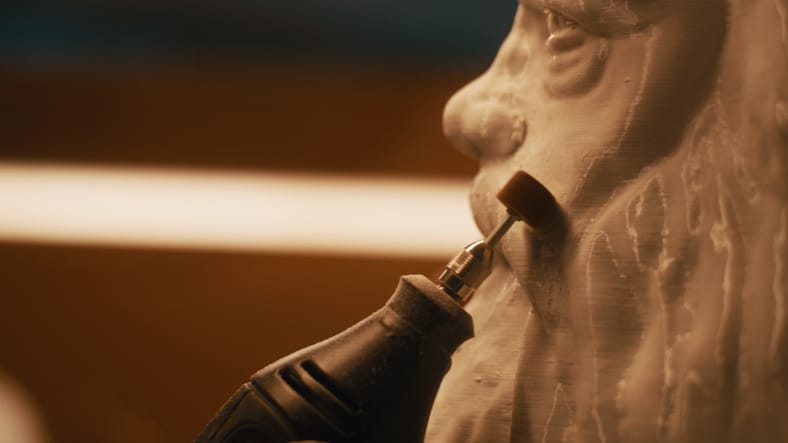3D printing post-processing services refer to the additional steps and treatments that are applied to 3D printed objects after they are taken out of the 3D printer. These services are essential to improve the final appearance, functionality, and overall quality of the printed objects. While some 3D prints may be usable straight out of the printer, many projects benefit significantly from post-processing to achieve the desired level of refinement and performance.
Some common 3D printing post-processing services include:
- Support Removal: Many 3D prints require support structures during the printing process to provide stability for overhanging or complex features. After printing, these support structures need to be carefully removed without damaging the printed object’s surface.
- Cleaning: 3D printed objects may have residual debris, excess material, or uncured resin (in SLA/DLP prints) that needs to be cleaned off. This can be done using various methods, such as washing, brushing, or using solvents.
- Sanding and Smoothing: Post-processing often involves sanding the surfaces of 3D printed objects to eliminate visible layer lines and achieve a smoother finish. This step is especially important for FDM prints, which can have noticeable ridges due to the layer-by-layer printing process.
- Painting and Coloring: Depending on the desired appearance, 3D printed objects may be painted or coated with different colors or finishes to enhance aesthetics and match specific requirements.
- Assembly: In some cases, post-processing includes assembling multiple 3D printed parts together to create a larger, more complex object.
Overall, post-processing plays a crucial role in unlocking the full potential of 3D printing, enabling the creation of high-quality and visually appealing objects for various applications across industries.


